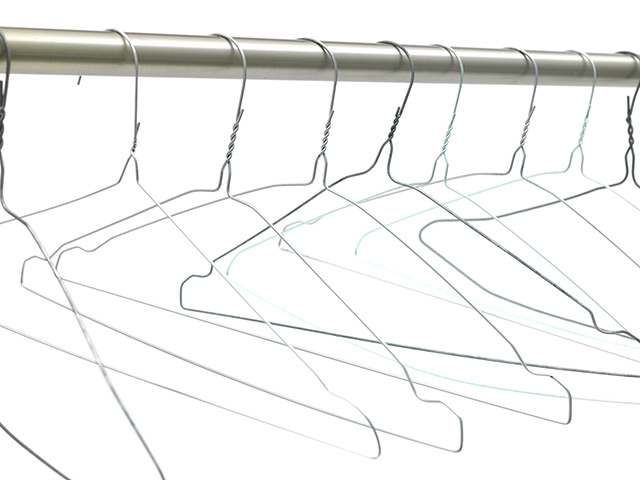What is flint knapping and why is it a crucial prepping skill?
07/26/2019 / By Edsel Cook

Knapping is the art of producing edged simple tools from flint and other stones. Bushcraft practitioners, preppers, and survivalists may find themselves in a wilderness survival situation without their equipment. But if they know flint knapping, they may build survival tools from scratch.
Flint is an excellent knapping material for making primitive tools. Other candidates include agate, chert, and Jasper. Experienced knappers may want to try out obsidian.
Percussion flaking and pressure flaking are the primary techniques in knapping. In the percussive approach, the knapper breaks off smaller pieces from the stone by hitting it hard.
The knapper employs an implement like a billet stone or a hammer. He hits the stone at an angle that fractures the material.
The pressure flaking technique requires more control. A knapper places a fine-point stool against the stone and carefully applies increasing amounts of pressure. When the pressure gets too much, the stone will break apart.
Both techniques have strengths and weaknesses. The percussion flaking approach makes large flakes and goes through the stone at a faster rate.
Meanwhile, the pressure flaking method excels at adding small details along the edges, such as notches and points. (Related: Surviving EMP threats: The prepper’s guide to modern EMP protection.)
Get started on flint knapping with these basic tools
It doesn’t take much to get started as a knapper. Flintknapping only needs a few simple tools that potential practitioners may obtain from natural sources.
Percussion flaking calls for either a hammerstone or deer antlers. Preppers with money to spare may choose to invest in a copper billet.
Sponsored solution from the Health Ranger Store: The Big Berkey water filter removes almost 100% of all contaminants using only the power of gravity (no electricity needed, works completely off-grid). Widely consider the ultimate "survival" water filter, the Big Berkey is made of stainless steel and has been laboratory verified for high-efficiency removal of heavy metals by CWC Labs, with tests personally conducted by Mike Adams. Explore more here.
A hammerstone needs to be heavy and round to break off flakes from stones. The nearest river will have plenty of rocks suited for knapping flint and other fracturable stones.
The modern equivalent of the hammerstone is the billet. The tool is a long cylinder made from deer antler, copper, certain hardwoods, stone, or other durable materials. Keep in mind that the wooden billets wear out much faster than others.
When it comes to percussion flaking, a natural deer antler will match the precision of a billet. Knappers may either hunt a deer, look for antlers shed by the animals in the wild, or buy them online.
Pressure flaking requires more equipment than its percussion counterpart. Traditionalists prefer using a finely-pointed antler, while modern-day knappers use rods with removable points made from copper.
Tips on learning flint knapping
General information on flint knapping may be found online in both written and video forms. But hands-on education remains the best way to learn the ancient art. A hopeful knapper will benefit the most if he finds a veteran who will personally show him the ropes.
It takes a long time to acquire the skill of knapping. Mastery is another thing entirely. Knapping may look simple from an outsider’s perspective, but it requires precise motor control. If a knapper alters his position and technique, he will end up with an oddly-shaped fragment or flake that he didn’t want or need.
Instead, drop by the local geology or rock club. Their members may put you in contact with veteran knappers and other people who are knowledgeable in the related craft.
Also, keep a lookout for “knap-in” workshops where participants try out various flint knapping techniques. The event organizers love to share the knowledge of their art with other people to ensure the skills are not lost.
Finally, hit the books on flintknapping. Get quality books and read them.
Flintknapping is one of the best ways to practice self-reliance. The ability to turn a rock into a useful and lasting tool is a huge advantage in survival scenarios.
Sources include:
Tagged Under: bushcraft skills, flint knapping, how-to, making tools, preparedness, primitive tools, survival, survival skills, survival tools
RECENT NEWS & ARTICLES
COPYRIGHT © 2017 · SURVIVAL NEWS


















